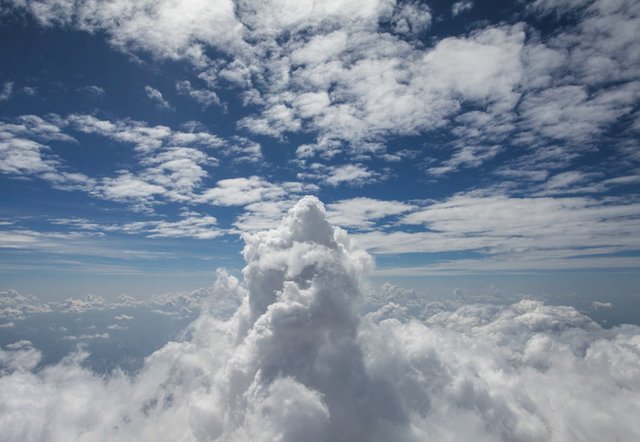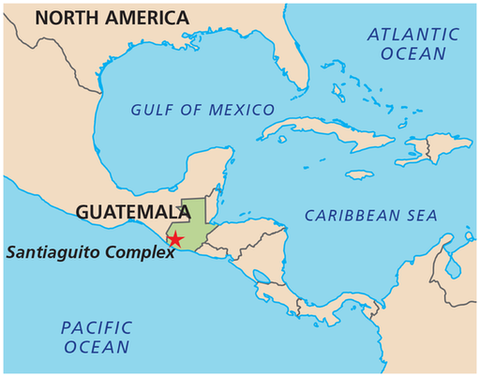
Stephanie Grocke
Volcanologist

Gabby Salazar
Photographer

Ross Donihue
Cartographer
ThethreeexplorersmetbychanceatNationalGeographicheadquartersthreeyearsago.Theywereattendingameetingofscientistsandadventurers.Ittookonlyafewminutesforthemtorealizetheywouldmakeperfectpartners.StephanieGrockewasa volcanologist.GabbySalazarwasaphotographer.RossDonihuewasa cartographer.GrockewantedtotellthestoryofavolcanicsystemshehadbeenstudyinginGuatemala.Soon,SalazarandDonihuewerehookedontheidea, too.
AnExplosiveStart
In1902,theSantaMaríavolcanoinGuatemalahadamajoreruption.Theeventdestroyedthesurroundinglandscape.Itleftahugecraterinthemountainside.Italsoleftalotofashandrock.Later,lavaflowsbeganeruptingatthebasein1922.Overtime,thelavacreatedagroupof lavadomesnamed Santiaguito.

Pumiceisalightweightvolcanic rock.

Aplumeofashfroman eruptionrisesabovethe clouds.
Lavadomesformwhenstickymagmaeruptsfrom a vent.ItpoursontoEarth.OnEarth’ssurface,magmaiscalledlava.Thelavahereistoothicktoflowfar.So,itpilesup,makingalargedome.Calientewasthefirstdome. La Mitad,El Monje,andEl Brujo followed.
APlacetoStudy
Since1922,therehavebeenmanyeruptionsamongthefourlavadomes.Theyhappensooften,theyfeelnormaltothosewholive nearby.
ToGrocke,thisistheperfectplacetostudyactivevolcanoes.Shewantedtotestanewwaytocheckonlava‑dome activity.
Photogrammetryisatypeoftime‑lapsephotography.Itallowsyoutoobservechangesovertime.SheknewSalazarcouldhelpwith this.
Donihuewouldmaptheirexpedition.Hewouldalsomakeinfographicsaboutthelavadomesandtakepicturesfroma drone.
SantiaguitoComplex
The1902eruptionofSantaMaríaproducedahugecrater.Overtime,fourlavadomesformedatits base.
seismicmonitoring station
Santa María
El Caliente
La Mitad
El Monje
El Brujo
Observatory
GULFOF MEXICO
ATLANTIC
OCEAN
NORTH AMERICA
GUATEMALA
Santiaguito Complex
CARIBBEAN SEA
PACIFIC
OCEAN
SOUTH
AMERICA
